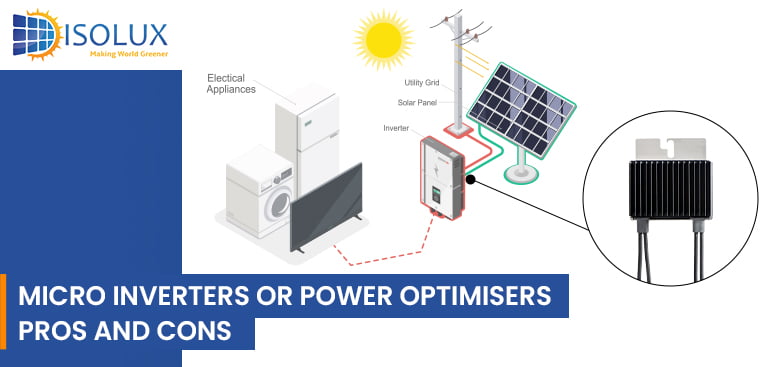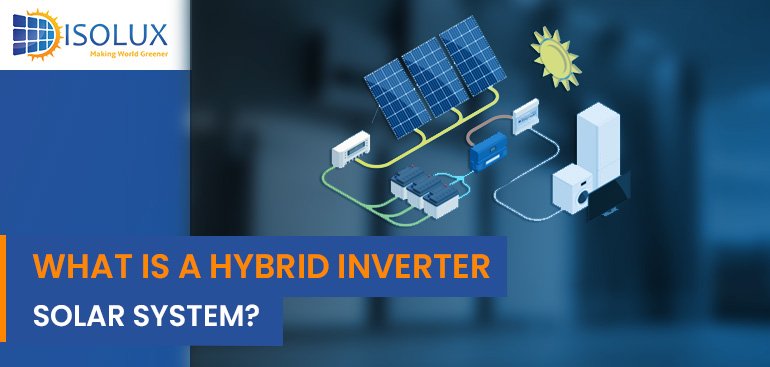Micro inverters and power optimizers are innovative solutions to harvest more energy. These components play a pivotal role in Solar panel systems. It will enhance the efficiency and safety of solar installations. Let’s explore the concepts of microinverters and power optimizers. Uncovering their benefits and drawbacks, while also addressing important questions about their usage.
What is a Microinverter?
A micro inverter is a small electronic device attached to a single solar panel that converts DC current into AC current. It is suitable for residential use and back into the grid. Unlike traditional string inverters, micro inverters operate with a dedicated solar panel. This decentralized approach offers several advantages.
What is a Power Optimizer?
Power optimizers a devices installed in solar energy systems to maximize energy harvest. This power optimizer is installed at the back of each solar panel and performs a similar function to micro inverters. Power optimizers ensure that each solar panel operates at its optimal point on the current-voltage curve. Thereby mitigating the negative impacts of solar panel mismatch and shading.
Benefits of Microinverters
Safety
Microinverters enhance safety by minimizing the risk of high-voltage DC. Transmitted throughout the system. In a traditional setup, a single inverter converts energy for an entire string of solar panels. Leading to higher DC voltages. Micro inverters, operating at a smaller scale, reduce this risk.
Efficiency
Micro inverters contribute to system efficiency by allowing each solar panel to operate. This means that shading on one panel won’t affect the output of other solar panels. As is the case with string inverters. Additionally, microinverters enable solar panel-level monitoring. Facilitating quick identification and resolution of any performance issues.
Disadvantages of Microinverters
Initial Cost
One drawback of micro inverters is their higher upfront cost compared to string inverters. Since each panel requires an individual microinverter, the system cost can be higher. But, it is important to consider the long-term benefits of increased efficiency and easier maintenance.
Benefits of Power Optimizers
Cheaper Alternative
Power optimizers provide an alternative to micro inverters for achieving solar panel level optimization. While not as versatile as microinverters. They offer a more cost-effective way to mitigate the negative effects of shading and panel mismatch. This can make them an appealing option for budget-conscious solar installations.
Disadvantages of Power Optimizers
Safety Considerations
Power optimizers contribute to increased safety by reducing the risk of high voltage in the system. But, it is important to ensure proper installation and maintenance to maximize their safety benefits.
How Do I Know I Need a Microinverter?
Determining whether you need micro inverters. Depends on factors such as your installation’s shading conditions. The desired level of monitoring and control, and your budget. If shading is a concern, microinverters could be a valuable addition to your system. They also offer advantages if you focus on one individual panel performance insights.
Are Microinverters Worth the Extra Money?
While micro inverters may have a higher initial cost. They often prove to be worth the investment. Particularly if your system experiences shading. Or if you value the benefits of individual panel monitoring. The increased energy production and enhanced safety. Can make the added expense worthwhile in the long run.
Conclusion
The choice between micro inverters and power optimizers depends upon solar panel system requirements. shading conditions, budget, and monitoring preferences. Both technologies contribute to greater energy harvest and improved safety. Take the decision whether to install a microinverter or power optimiser, which aligns with your unique needs and goals.
Access your existing solar panel system from Isolux Solar today to harvest more energy today!
Read Next Blog:




